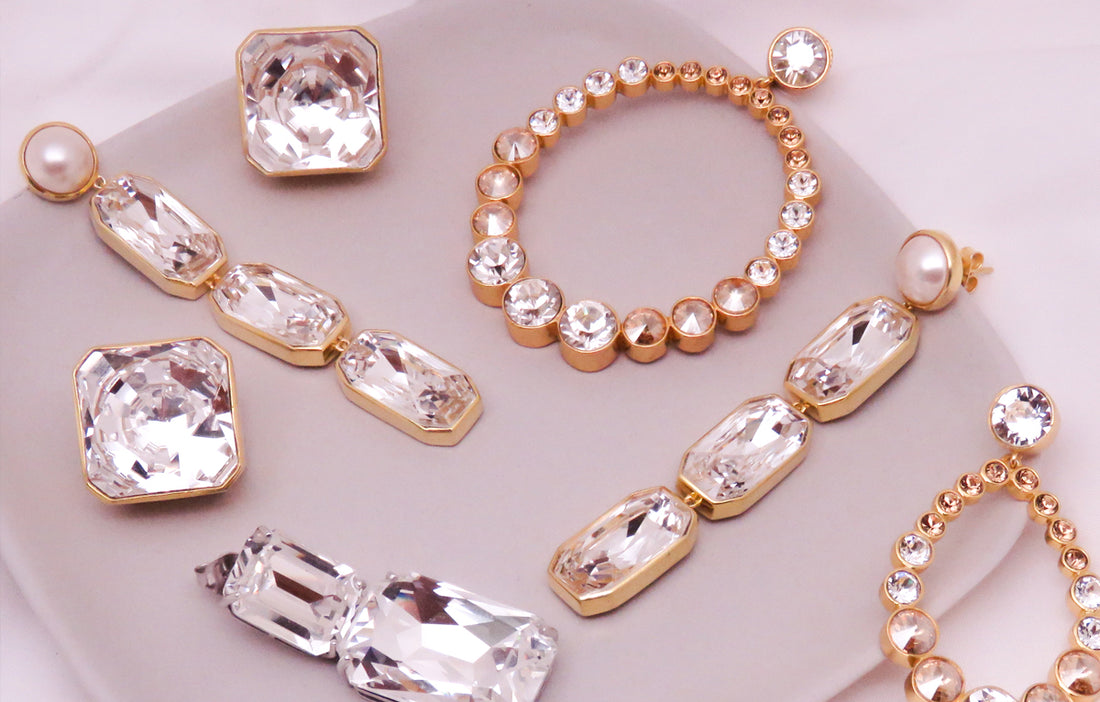History
The first mention of diamonds is found in ancient Manuscripts in India, dating around 400 BC. The first mention in western texts of diamonds in India is by a French jeweller and traveller named Tavernier. Though not the first European to visit diamond mines in India, he was the first one to put this on record.
The ancient Indian mines were situated between the Godavari and Krishna rivers, generally referred to as the area of Golconda. The Kohinoor and Hope diamonds are said to be mined from the Kollar mines on the river Krishna.

Though Borneo was said to produce some diamonds, all the diamonds in the world were found in India, till gem quality diamonds were found in Brazil in 1725.
The modern diamond market was however shaped after the discovery of diamonds in South Africa in the year 1866. A son of a Dutch farmer in Hopetown, got home a shining pebble that he found on the riverside. Due to its unusual nature, a line of experts were consulted till it was deduced that this in fact was a diamond. Diggers rushed into South Africa and many mines were discovered including the Old de Beers mine in 1871. The British government eventually bought this farm from the Dutch farmer called De Beers, and today the company is a South-African -British corporation. It controls a majority of the diamond trade in the world.

The now defunct Kimberly mine in South Africa
Modern day Diamonds
In 1477, Archduke Maximillian of Austria commissioned the very first diamond engagement ring on record for his betrothed, Mary of Burgundy. This sparked a trend for diamond rings among European aristocracy and nobility.
The modern day diamond ring fancy was however sparked by DeBeers in 1947, when they commissioned the services of leading advertising agency N.W. Ayer, and the slogan “A diamond is forever” was coined. Marketing the diamond as the most rare and eternal gemstones, this campaign furthered the diamond ring as a ‘symbol of love’ that outshines eternity.
The concept of a diamond engagement ring was ignited by this campaign and was so successful, that while only 10% of brides received diamond rings in 1940’s, this number rose to 90% in 1990’s (USA).
Facts & Statistics

With the 4c’s helping to define the quality of a diamond, diamonds are the only gemstone with a systematic pricing and valuation process. Carat weight, colour, cut and clarity are the factors that determine diamond quality and pricing.
Since 1870’s most the world’s diamonds came from Africa, recently Russia and Canada have started producing more than 50% of the world’s diamonds. Botswana is the second largest producer of diamonds and is considered of a higher value as the average size and quality is better than Russia.
Less than 20% of the diamonds mined are of gem quality; less than 2% are considered “investment diamonds.” 5-80% of mined diamonds are used for industrial applications, such as grinding, sawing, and drilling. Typically, more than 250 tons of ore must be mined in order to produce a one-carat, gem-quality stone.

Surat, India is the capital of diamond processing in the world. It cuts and polishes 90% of the rough diamonds in the world. The newly opened diamond bourse in Surat is the largest office building anywhere, even surpassing the Pentagon in its area. This building readies Surat as the largest diamond trading centre in the world.
Future of Diamonds
While similar-looking gemstones in the form of Moissanite and manmade Cubic Zirconia and Austrian crystals have been used as diamond alternatives, the future of manmade diamonds that are absolutely the same in nature and composition as nature-made diamonds looks on an upward swing.
While the current processes are energy and overall resource intensive, as more research and progress is made in this direction, the price of lab-grown/manmade diamonds may make them even more viable economically than they are already. It really remains the matter of personal preference, if one wants to wear something that has been made over millions of years, or in a matter of hours and days.
Notes: Images are own/ Creative commons licensed images. The header image is Austrian crystal jewellery, simulating diamonds. Featured in Images Kohinoor by William Dalrymple ans Anita Anand.
Sources: GIA, Wikipedia, GEMS by R Webster, The Jeweler's directory of gemstones by Judith Crowne.

